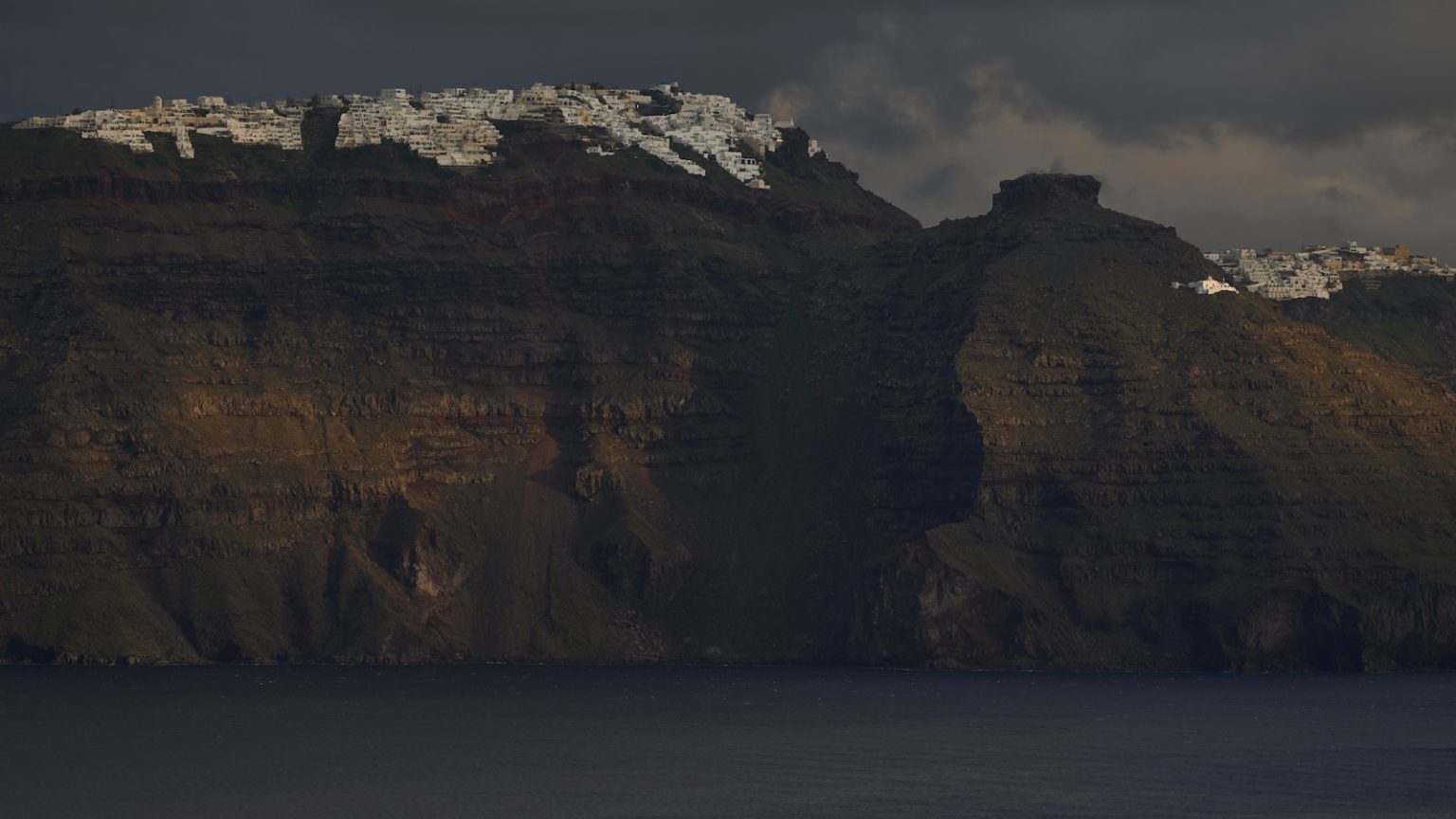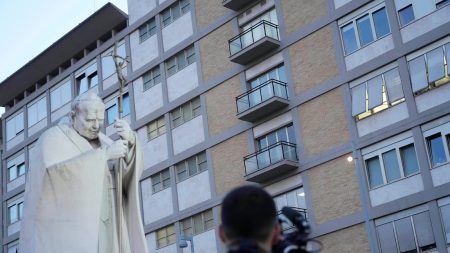Earthquakes Shake Santorini, Prompting Evacuations and Emergency Measures
The picturesque Greek island of Santorini was rattled Tuesday by the latest in a series of hundreds of earthquakes, including one of magnitude 5.3—the strongest so far. This prolonged and highly unusual seismic activity has left scientists uncertain about whether these tremors might be a precursor to an even larger quake. The earthquakes have primarily struck areas between the islands of Amorgos and Santorini, a popular tourist destination known for its stunning landscapes and rich history. The epicenters of these quakes have been recorded within this region, causing growing concern among local authorities and international experts.
Authorities Declare State of Emergency, Residents and Tourists Evacuate
In response to the escalating seismic activity, Greek authorities declared a state of emergency on Santorini last week. This move hasobilized rescue crews equipped with drones and a sniffer dog, while coast guard and navy vessels remain on standby to assist if needed. Thousands of residents and visitors have chosen to leave the island, seeking safer ground amid the relentless tremors. Schools on Santorini and nearby islands have also been closed for the week as a precautionary measure. Deputy Health Minister Marios Themistokleous highlighted the preparedness of medical teams, who conducted evacuation drills at the island’s hospital. Tents have been set up in the hospital courtyard to accommodate potential patients, and medical staff practiced evacuating individuals on stretchers during a simulated emergency.
Scientists Monitor Earthquake Swarm and Volcanic Activity
Scientists are closely monitoring the situation, particularly the earthquake swarm and the two volcanoes in the vicinity. The frequency and intensity of the quakes—ranging from magnitude 3 to just over 5—have raised questions about whether this activity might escalate or persist for weeks or months. While Greece is no stranger to earthquakes due to its location in a highly seismically active region, the sheer number and duration of these tremors are unprecedented in recent memory. Seismologists and volcanologists convened with government officials Tuesday evening to discuss the evolving situation and potential next steps.
Santorini’s Unique Geography and Volcanic Legacy
Santorini’s iconic crescent shape is a result of one of the largest volcanic eruptions in human history, which occurred in antiquity. Today, the island attracts millions of visitors annually, drawn to its breathtaking vistas of whitewashed houses and blue-domed churches perched on the caldera rim. Despite its natural beauty, Santorini’s geological history makes it a hotspot for volcanic and seismic activity. The current earthquake swarm has brought renewed attention to the island’s volatile underpinnings, reminding residents and tourists alike of the ever-present forces shaping this unique landscape.
Life Amidst Uncertainty: Residents and Tourists Cope
As the earthquakes continue, life on Santorini remains fraught with uncertainty. While many have opted to leave the island, others are staying put, relying on the measures put in place by local authorities to ensure their safety. The closure of schools and the presence of medical tents in the hospital courtyard serve as visible reminders of the situation’s gravity. Meanwhile, the tourism industry, a cornerstone of Santorini’s economy, is inevitably feeling the impact of the evacuations and unrest.
Conclusion: A Region on High Alert
The seismic activity in Santorini has placed the island and its neighboring regions on high alert. While the scientific community works to understand the implications of this earthquake swarm, local authorities are doing their best to prepare for all eventualities. Whether these tremors subside or precede a larger event, one thing is clear: Santorini’s unique geology and history make it a place where the forces of nature are never far from the surface. For now, residents, visitors, and experts alike can only watch, wait, and hope for the best.















